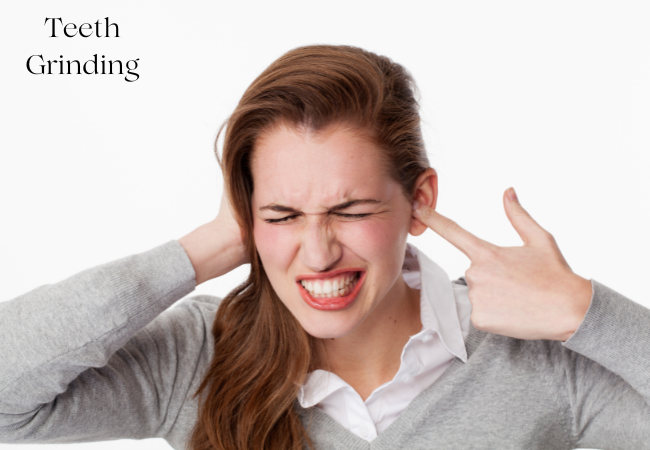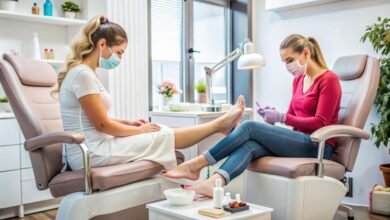The Ultimate Guide to Using Botox for Teeth Grinding Relief

Introduction to Botox for Teeth Grinding
Teeth grinding, also known as bruxism, can cause significant discomfort and damage to your dental health. Traditional treatments include mouthguards and stress management. However, Botox has emerged as a highly effective solution. This guide explores how Botox for teeth grinding management Birmingham, can relieve teeth grinding and improve your quality of life.
Understanding Bruxism and Its Causes
Bruxism involves involuntary grinding or clenching of teeth, often during sleep. Stress, anxiety, and misaligned teeth are common causes. Left untreated, it can lead to headaches, jaw pain, and worn-down teeth. Identifying the root cause is essential for effective treatment.
How Botox Works for Teeth Grinding
Botox, a neurotoxin derived from Clostridium botulinum, temporarily relaxes muscles. When injected into the jaw muscles, it reduces the excessive muscle activity that causes grinding. This targeted approach not only alleviates pain but also prevents further dental damage.
Benefits of Using Botox for Bruxism
The advantages of Botox for teeth grinding are numerous:
Immediate Relief: Patients often experience significant relief within a few days of treatment.
Non-Invasive: Unlike surgery, Botox injections are minimally invasive and require no recovery time.
Long-Lasting Effects: The effects of Botox can last for several months, reducing the frequency of treatments.
Improved Sleep Quality: Reducing nighttime grinding can lead to better sleep and overall well-being.
The Botox Treatment Process
Consultation: The process begins with a consultation with a qualified healthcare professional. They will assess your condition and determine if Botox is suitable for you.
Injection Procedure: The procedure itself is quick and relatively painless. The doctor will inject small amounts of Botox into specific jaw muscles.
Post-Treatment Care: After the procedure, you can resume normal activities immediately. Some patients might experience mild side effects like bruising or swelling, which typically subside within a few days.
Who Should Consider Botox for Teeth Grinding?
Botox is ideal for individuals who have not found relief from traditional treatments. It is also suitable for those seeking a non-invasive option. However, it is important to consult with a healthcare provider to ensure it is the right choice for your specific condition.
Potential Side Effects and Risks
While Botox is generally safe, some side effects can occur. These include temporary muscle weakness, bruising at the injection site, and mild headaches. Serious side effects are rare but can include difficulty swallowing or breathing. Always discuss potential risks with your healthcare provider.
Botox vs. Traditional Treatments
Botox offers several advantages over traditional treatments like mouthguards. Mouthguards can be uncomfortable and do not address the underlying muscle activity. Stress management techniques can help but are not always effective for everyone. Botox directly targets the muscles involved in grinding, providing more immediate and lasting relief.
Frequently Asked Questions About Botox for Bruxism
Is Botox treatment painful?
Most patients report minimal discomfort during the injection process.
How long does the treatment take?
The procedure usually takes about 10-15 minutes.
How soon will I see results?
Results are typically noticeable within a few days, with full effects in about a week.
How often will I need treatments?
Most patients need treatments every 3-6 months.
Conclusion
Botox is a powerful tool in the fight against teeth grinding. By targeting the root cause of bruxism, it offers immediate and long-lasting relief. Consult with a qualified healthcare provider to determine if Botox is the right solution for you. Enjoy a life free from the pain and discomfort of teeth grinding with this innovative treatment.



